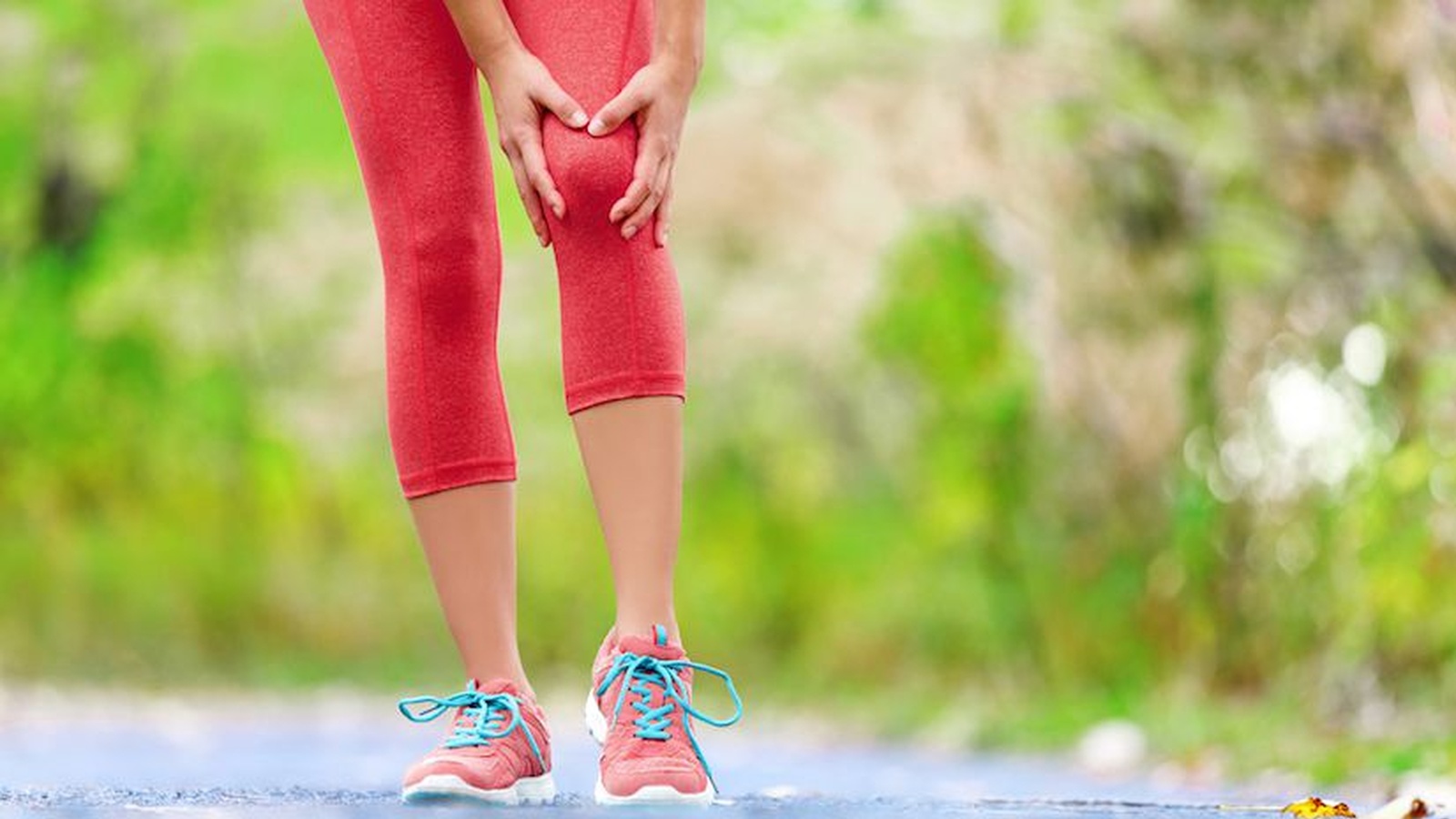8 Ways To Naturally Keep Your Joints Healthy
Looking after your joint health certainly becomes a priority as we age. Joints are crucial to our mobility and if they start to become stiff and sore it’s very difficult to maintain our routines and keep active. The human body has an amazing capacity to repair itself, however, our joints often need extra love and care.
A joint is a connection between two bones in our body. Joints and their supporting structures allow you to bend your elbows and knees, bend your back, move your hips, turn your head and even move your fingers.
Smooth tissue called cartilage, synovium and a lubricant called synovial fluid cushion the joints so that our bones do not rub together. Increasing age, injury and carrying too much weight can lead to increased wear and tear of your cartilage – which subsequently can lead to discomfort, pain or even debilitating joint conditions.
Fortunately, taking steps to protect our joints now can reduce the chances of needing to replace them later in life. Here are a number of ways you can support your joints.
1. Muscle-Strengthening Exercise
Muscles essentially act like shock absorbers in our bodies and help to stabilise and protect joints. Muscle strengthening movement such as light weight training can be incredibly protective for joint (and bone) health. It becomes increasingly important as you age that you continue to strengthen your muscles with weight bearing exercise. Knee joints, in particular, are the most prone to wear and tear - so strengthening the muscles with movement such as cycling, can help protect them from premature damage.
2. Joint Mobility Movements
When we move a joint, in a safe and full range of motion, we move the synovial fluid within the joint. This fluid is the joint’s lubrication. By moving our bodies, we help the synovial fluid to move. This joint movement moves the old fluid out and allows new fluid to move in. Old synovial fluid can accumulate of mineral deposit and microbes. Moving your body and your joints every day is a wonderful way to lubricate your joints naturally. Incorporate 5-10 minutes of joint mobility movement each morning.
3. Body Rolling
When we’re inactive, our muscles and connective tissue can become tight and inflexible. The stress being applied to a joint may be due imbalances in muscle strength - for example, one muscle being too tight, another being too weak – subsequently your body makes adjustments to compensate. Body rolling with a foam roller can be very helpful in addressing these imbalances. If you are experiencing joint pain or stiffness, it can be incredibly helpful to seek treatment and support from a physiotherapist or osteopath.
4. Keep Joints Lubricated With Helpful Fats
The fats that you eat eventually become the fats that populate your cell membranes, that also encapsulate your cells. These membrane fats become the building blocks for molecules that either call for inflammation or fight inflammation in the body. It is absolutely essential we nourish our bodies with fats from avocado, nuts, seeds, and fatty fish such as salmon (or flaxseed).
Omega 3 fatty acids are particularly effective in fighting inflammation in the body, and can be easily incorporated into our diets by eating omega-3 rich salmon or flaxseed. The Arthritis Research Campaign (ARC) scored fish oil, derived from fatty fish such as sardines and salmon, as a maximum five for effectiveness. If you can't eat enough omega 3s, then consider supplementing with them. Flaxseeds, chia seeds, walnuts and pecans are also good sources of omega 3 fats.
Foods And Nutrients That Support Joint Health
- Research had consistently shown that a high plant diet has an anti-inflammatory effect on the body. It is likely that this is in part due to some of the substances unique to plants, such as the indoles and sulforaphane in the Brassica family of vegetables. It is likely that a high plant diet is also beneficial, as when we focus on eating more plants, we omit many fake food ingredients that are added to processed foods.
- Glutathione is a potent antioxidant. It helps our body to fight free radicals that we are exposed to every day from pollution, chemicals, even inflammation in the body caused by stress. Glutathione as a supplement may support joint health due to its anti-inflammatory effects.
- Vitamin A, C and E are all potent antioxidants that act as antioxidant support in the body.
- Glucosamine is an amino sugar naturally produced by the body. It is one of the building blocks of cartilage. Glucosamine comes in two forms – glucosamine sulfate and glucosamine hydrochloride. It is often found in joint care supplements in combination with chondroitin. Chondroitin is also a natural substance found in the body. It is believed to help draw water and nutrients into the cartilage, keeping it healthy and sponge-like. There is some evidence to suggest that glucosamine and chondroitin are helpful in the treatment and management of some joint conditions.
5. Acupuncture
Acupuncture's origins date back to China more than 2,000 years ago. When properly administered, by an experienced practitioner it can be effective in providing relief for arthritic conditions, pain or inflammation of the joints.
Acupuncture is a very effective form of pain control and works in a number of ways. Firstly, it assists the body to produce chemicals called endorphins, which make us feel good and in turn inhibit our bodies ability to feel pain. Secondly, it stops the transmission of pain signals to the brain through the nervous system. Thirdly, it works on trigger points. Trigger points are tender and extremely reactivate areas that develop within specific areas of our muscles. The result being a widespread relaxation of both body and mind.
6. Massage
Massage involves the manipulation of tissues utilising pressure, tension and motion. It targets the soft tissues of the body, such as muscles, tendons and ligaments. Massage can be done manually, using hands, fingers, elbows, or with mechanical aids. It can be wonderful at helping to ease muscle tension and subsequently joint aches.
7. Keep Your Core Strong
The strength of the diaphragm relates to the strength of our core muscles, mainly our abdominal muscles. When our core is strong, posture and movement are improved and there is a reduction in stress loads placed on our joints. Yoga and pilates are great movements to improve your core muscle strength and help support joint stability.
8. Address The Emotional Component
It’s very easy to sleep into a negative mindset when your body starts to feel like it’s betratying you. Consciously work to move beyond an attitude of limitation. For example I often hear people say as they get older “I can’t do that, I’m old, I’m injured” and so on. Our reasons for delaying the strengthening process are perfectly reasonable, yet they can really inhibit progress. Notice when you are making excuses and treat yourself with copmassion - ask yourself the question, “How can I best support myself in looking after my joint health?”
If you’re in pain or are finding that your joints are becoming increasingly stiff I cannot encourage you enough to seek advice from a health qualified health professional, there are so many ways you can support your joint health.
Discover how to lose excess fat from your belly, face & thighs in less than 7 days with this simple ancient practice. Watch the Detox Masterclass here. Playing for a limited time!










